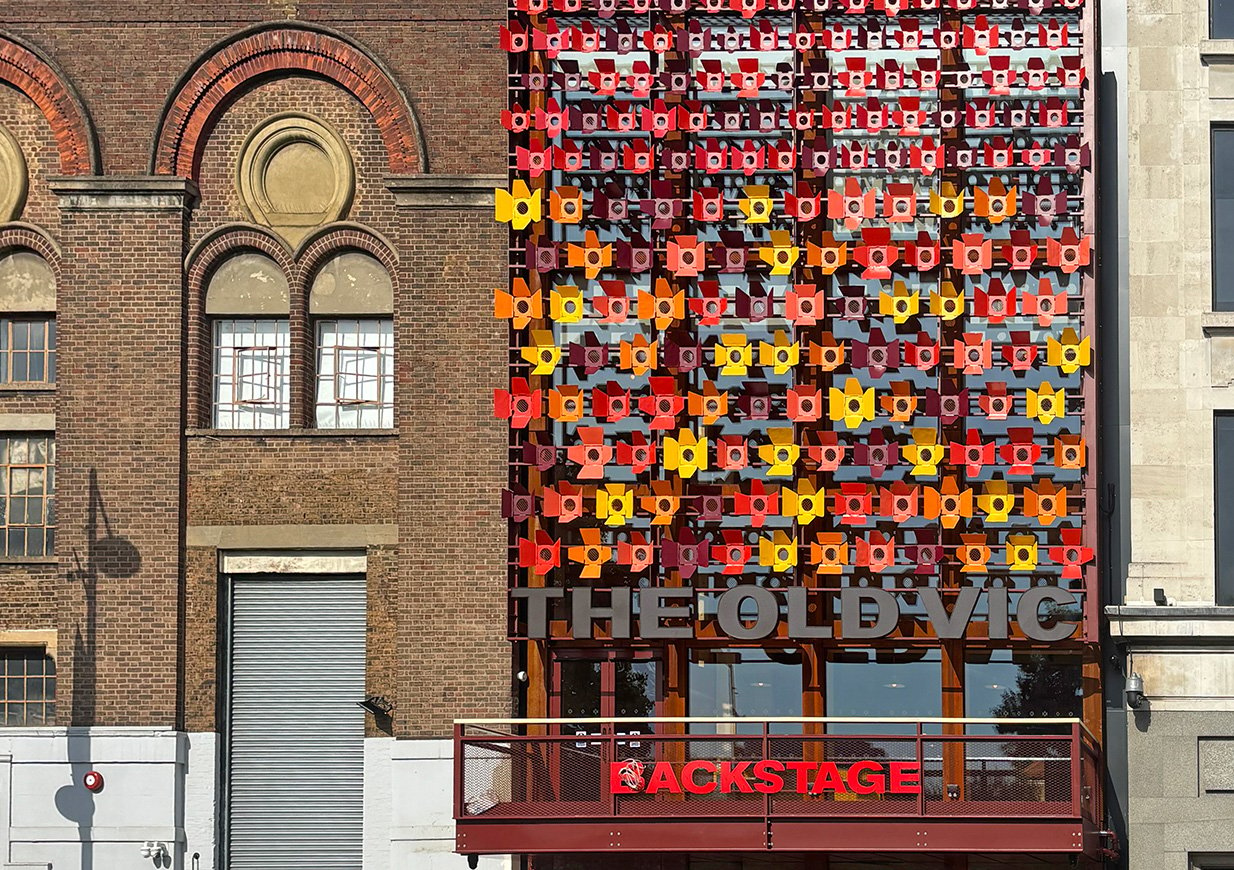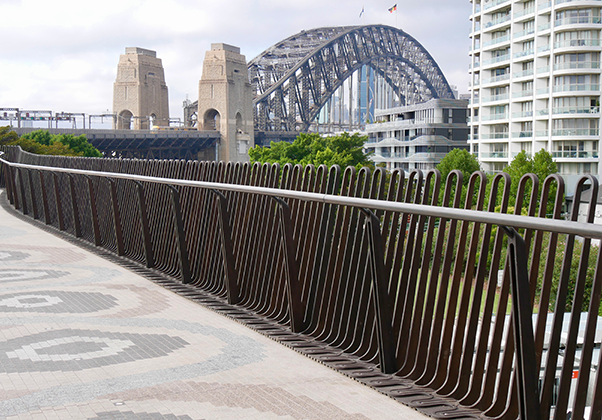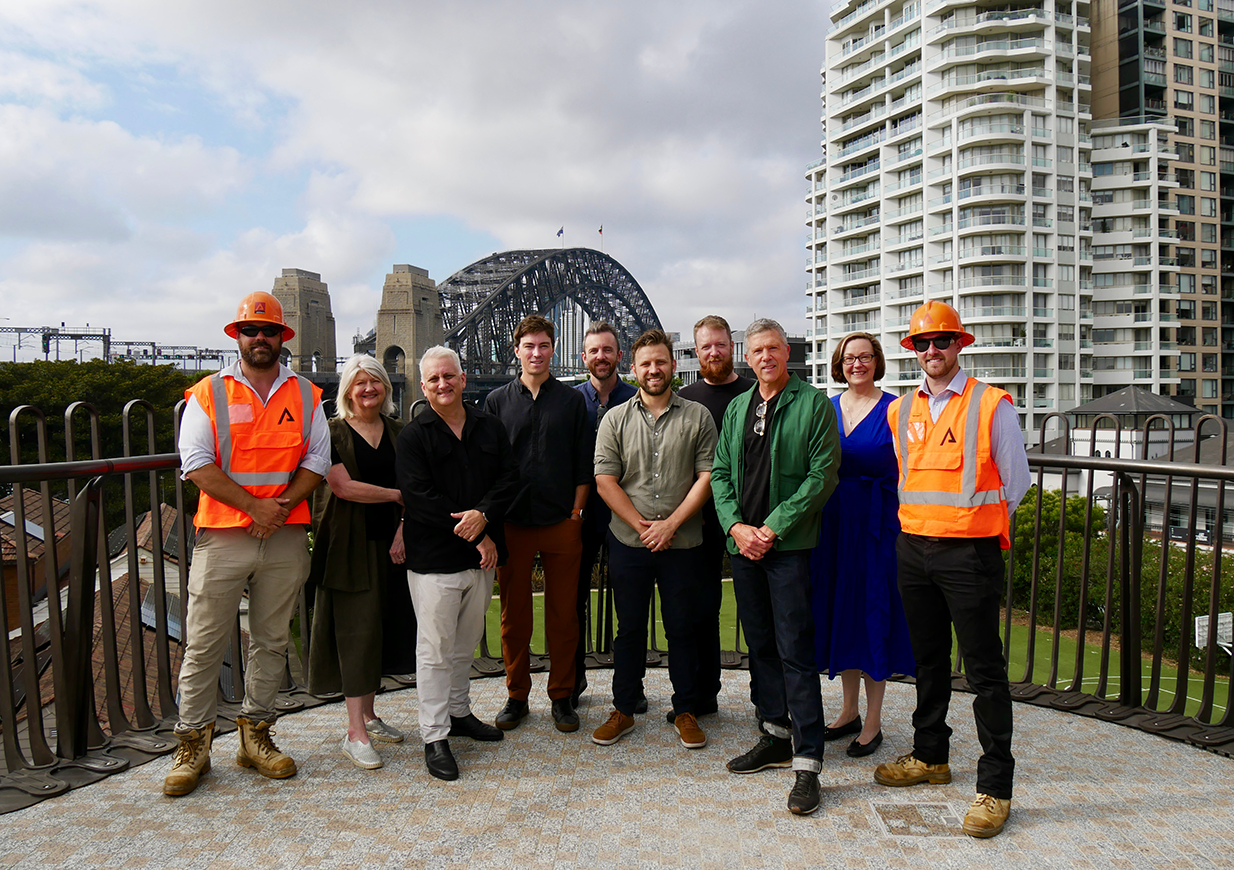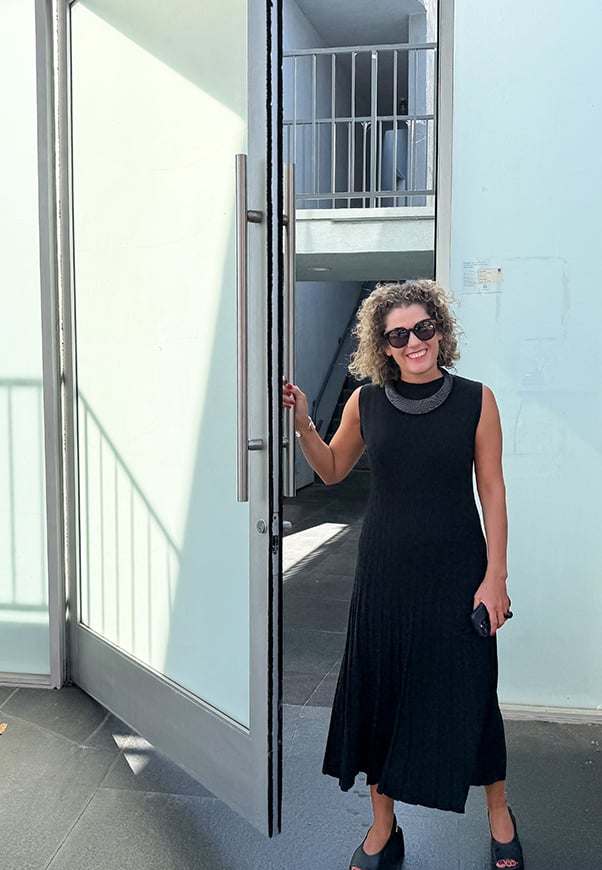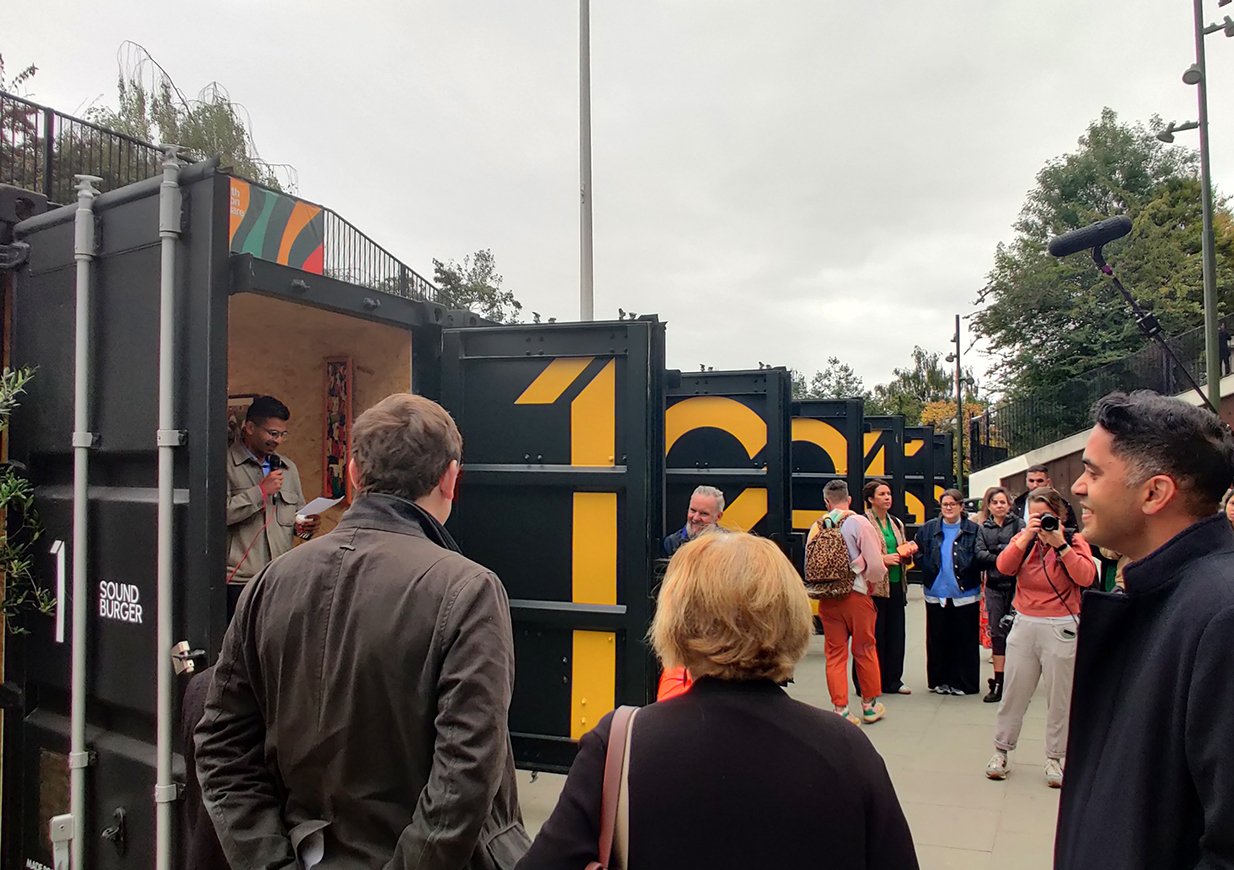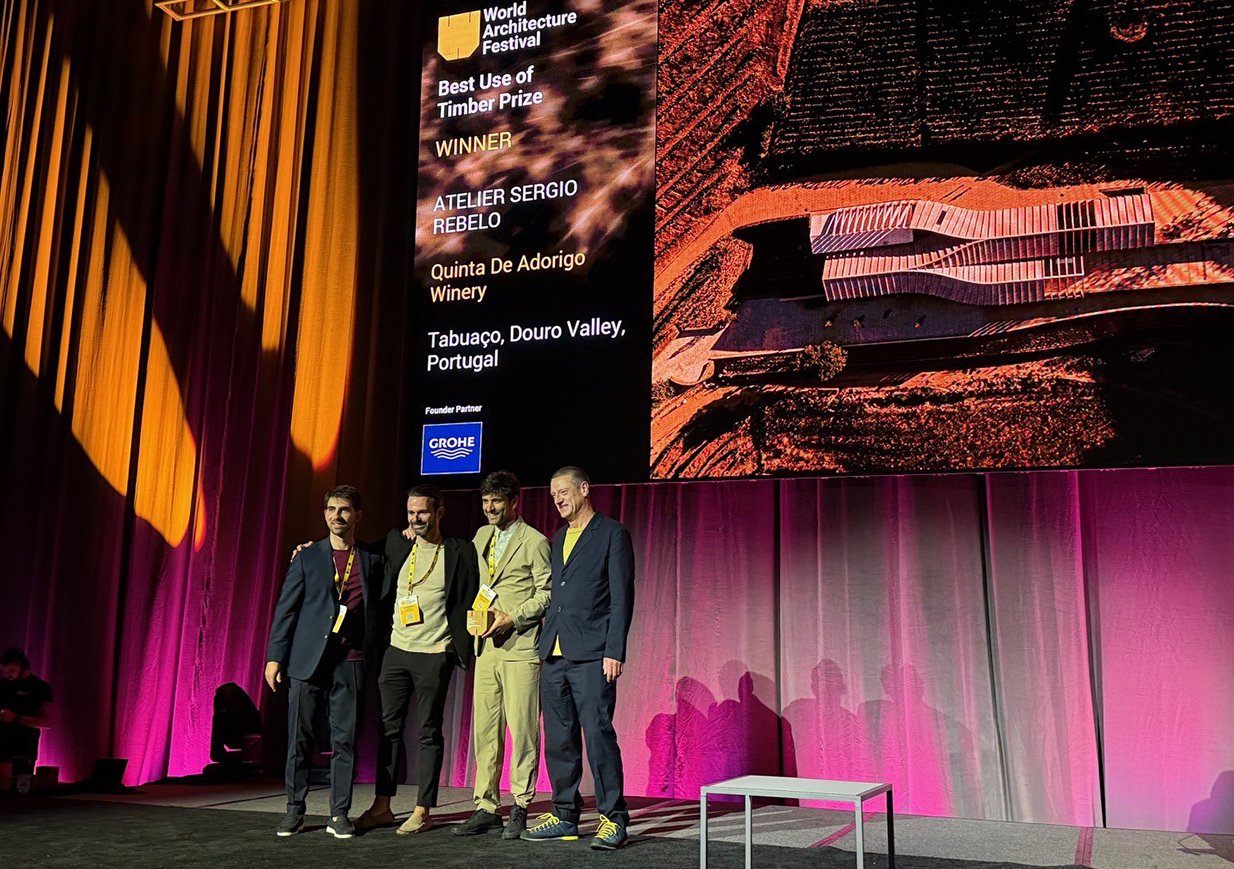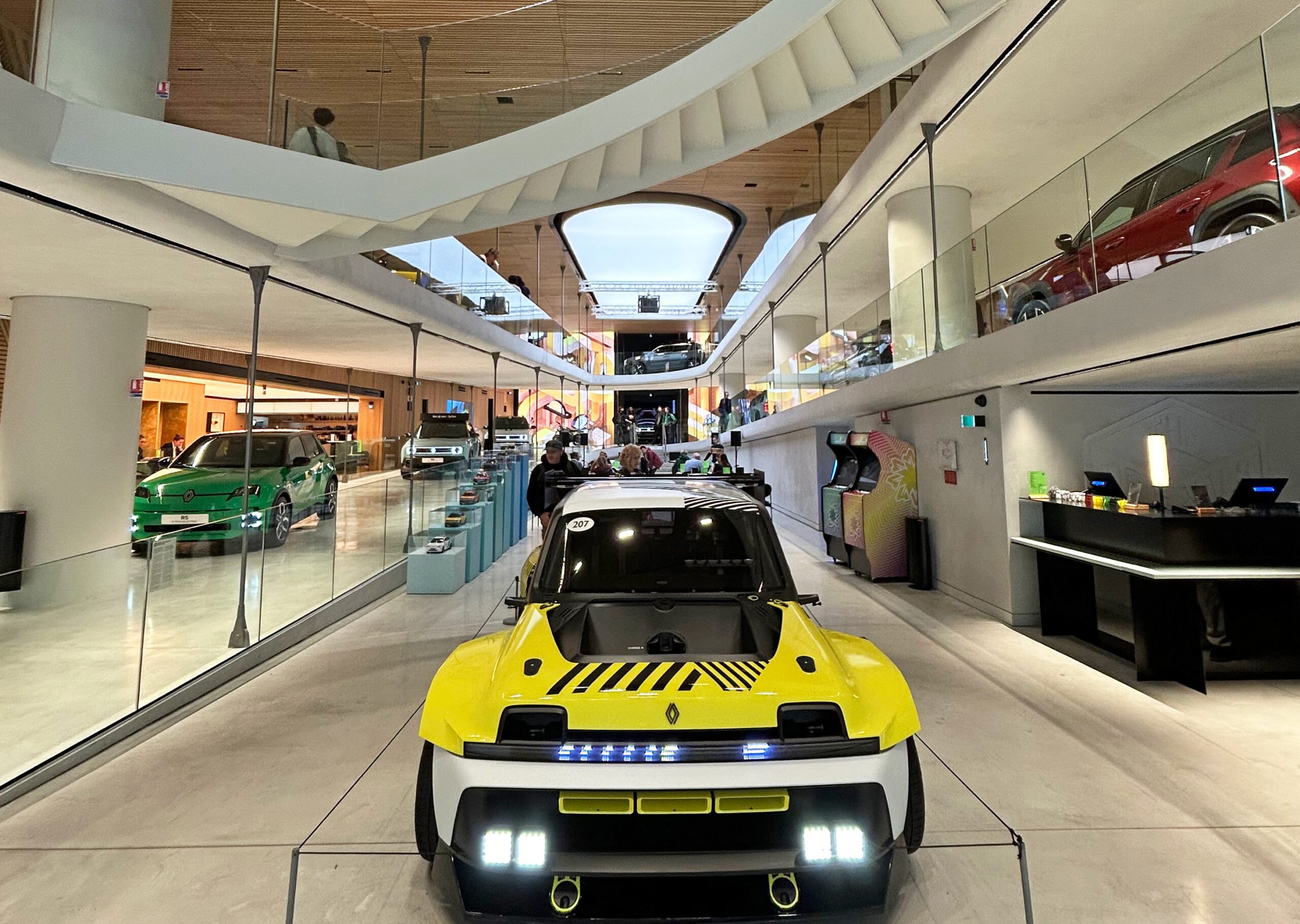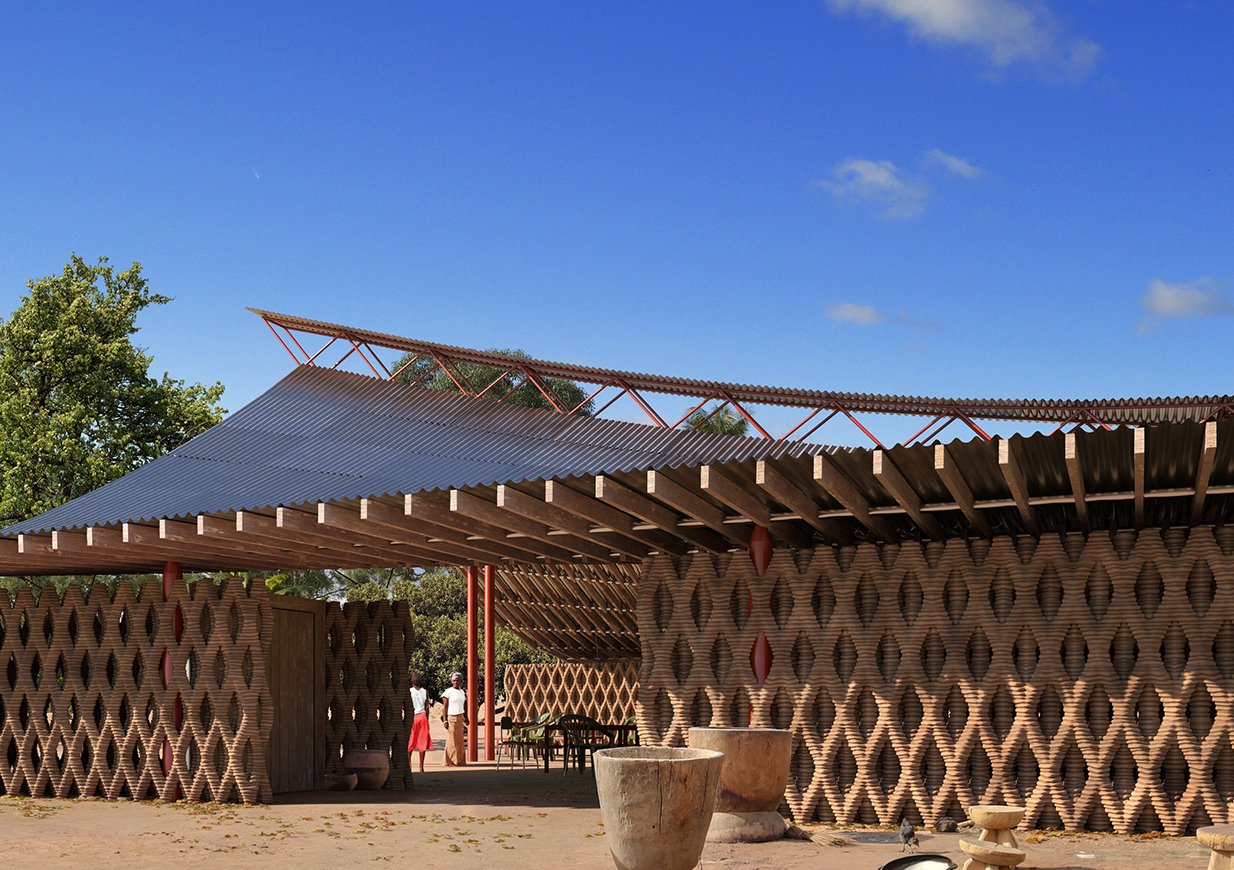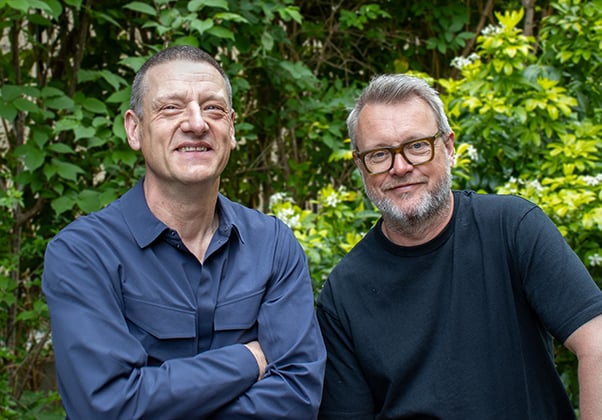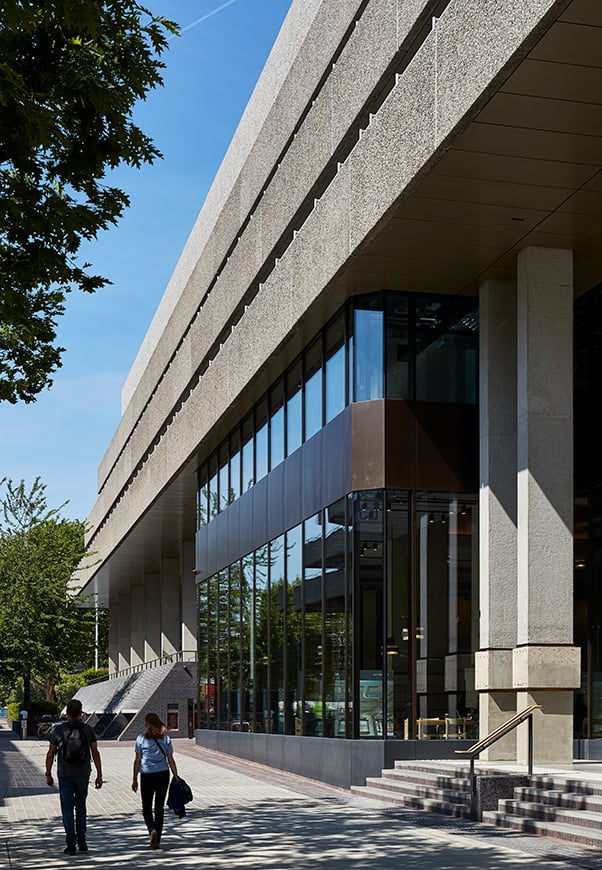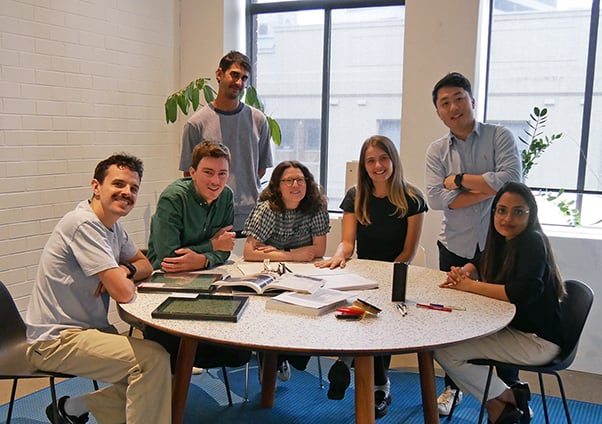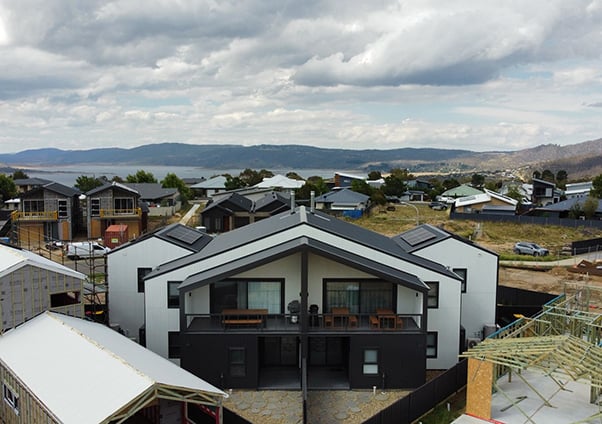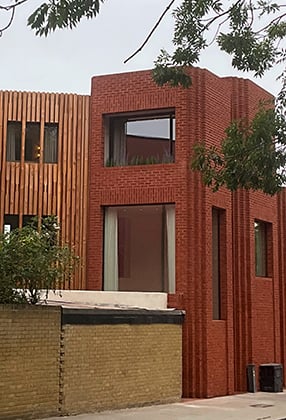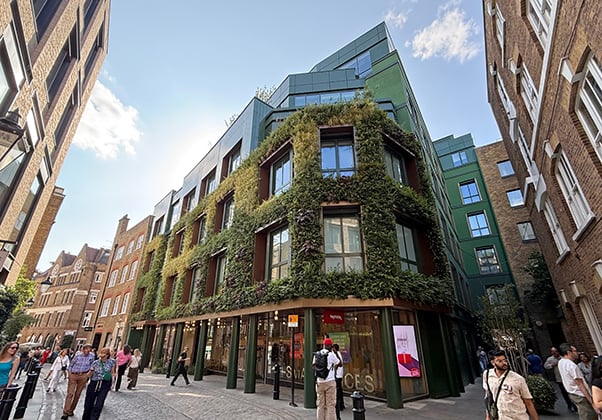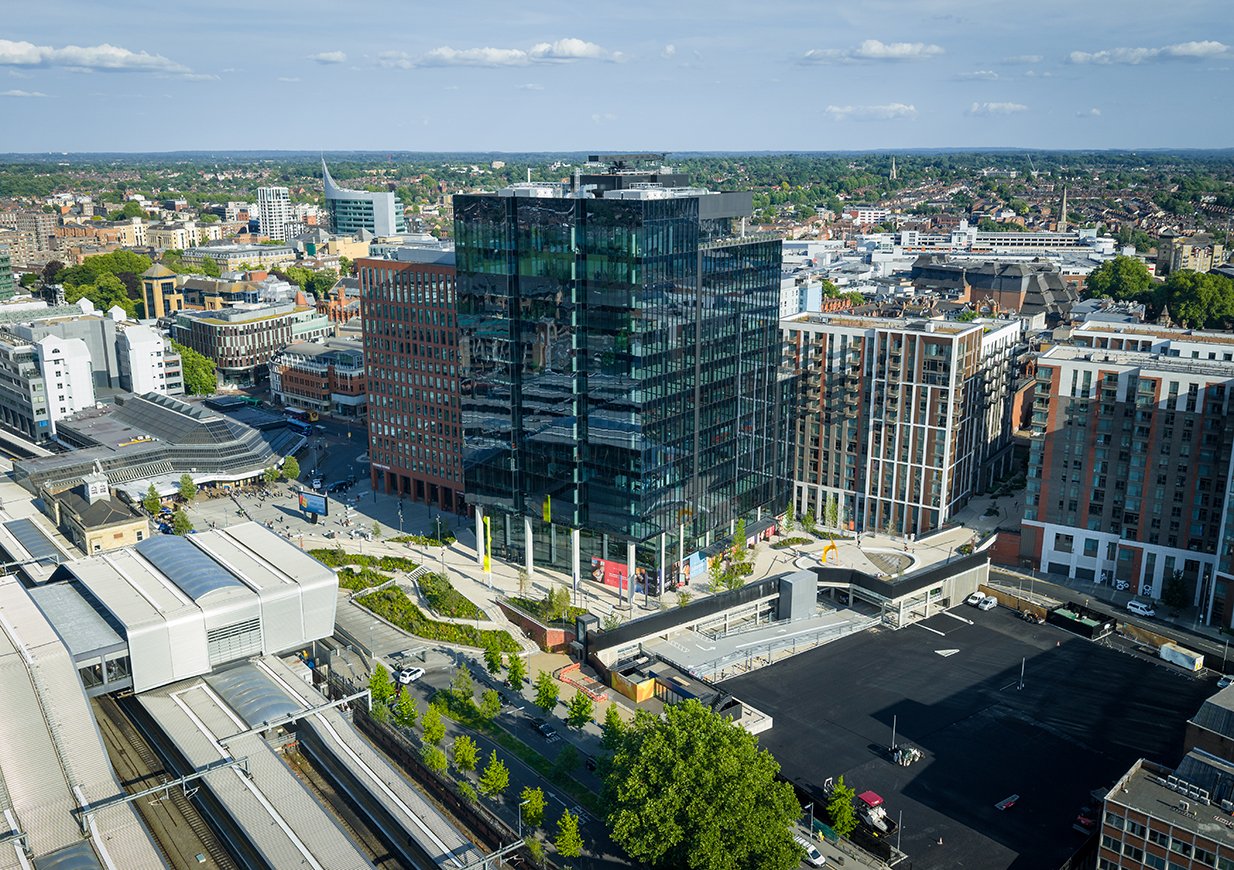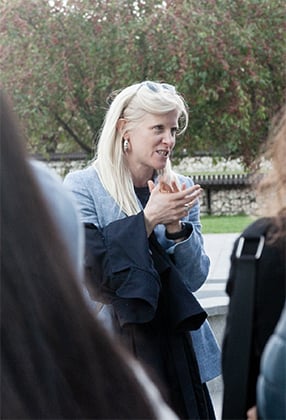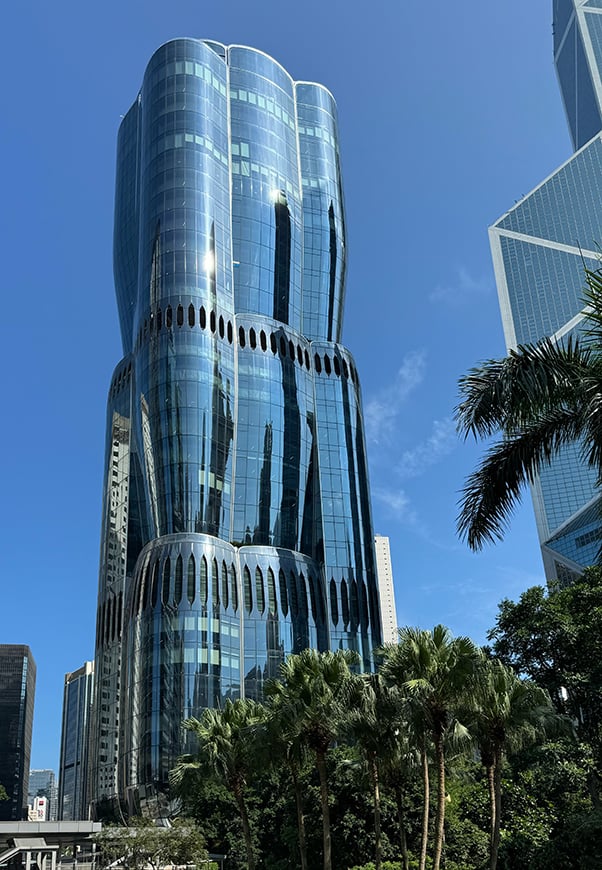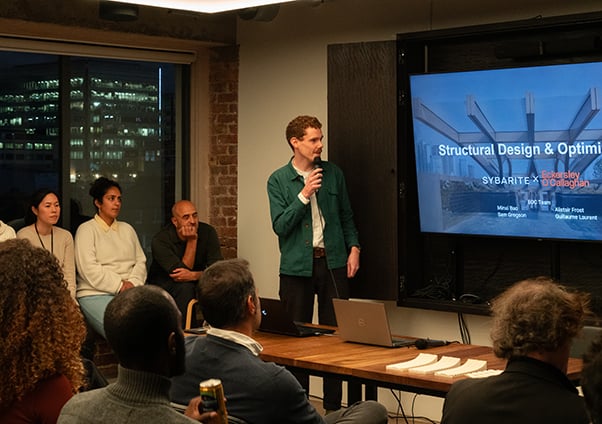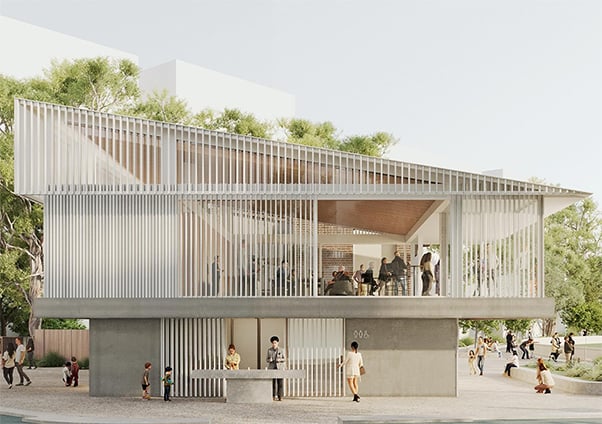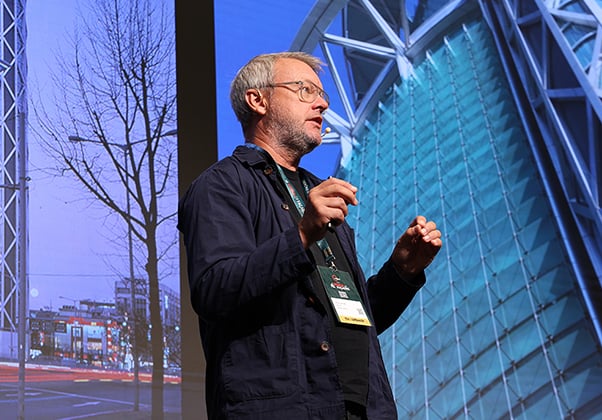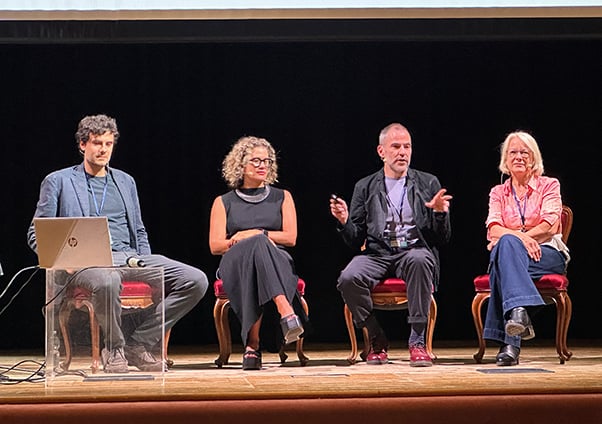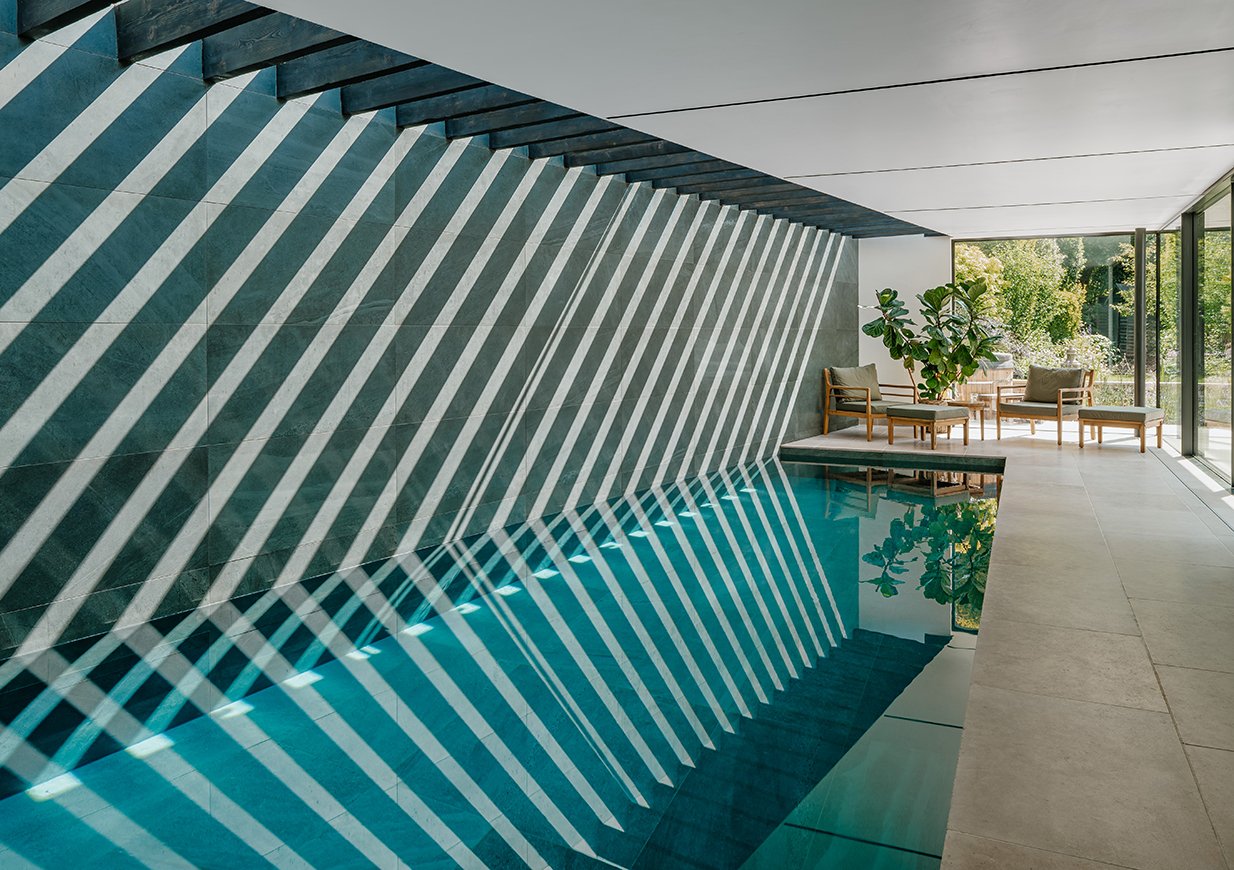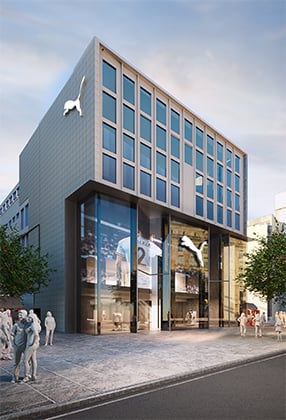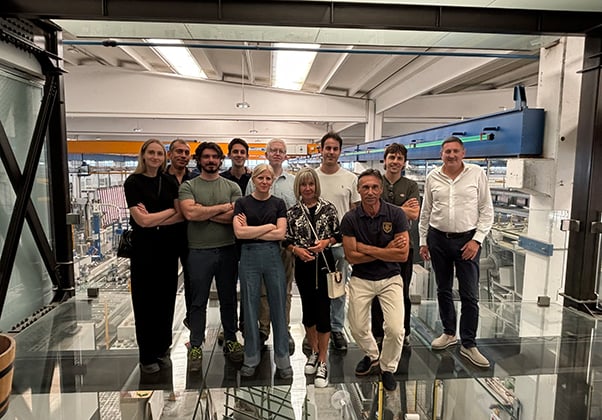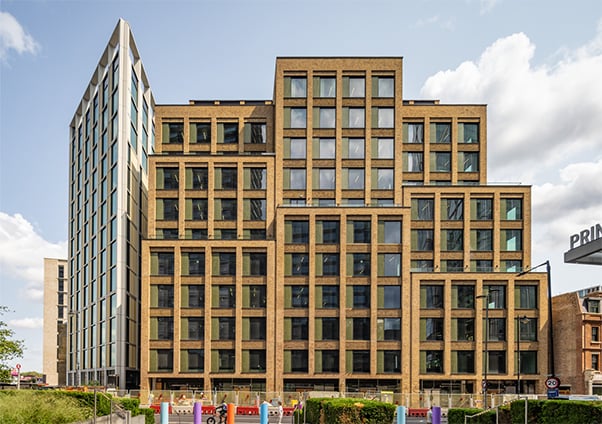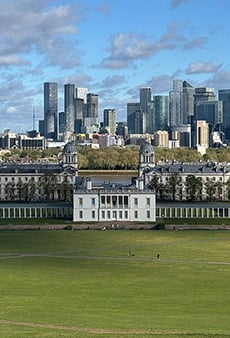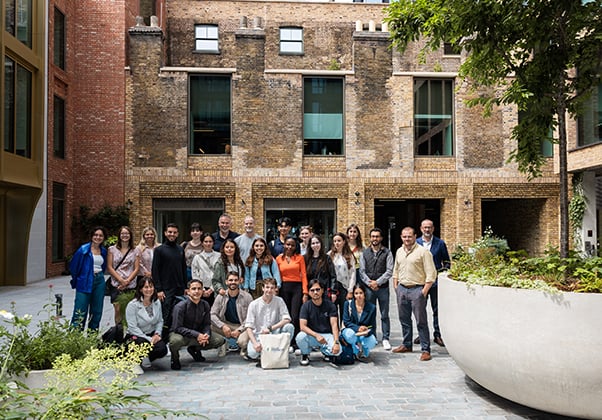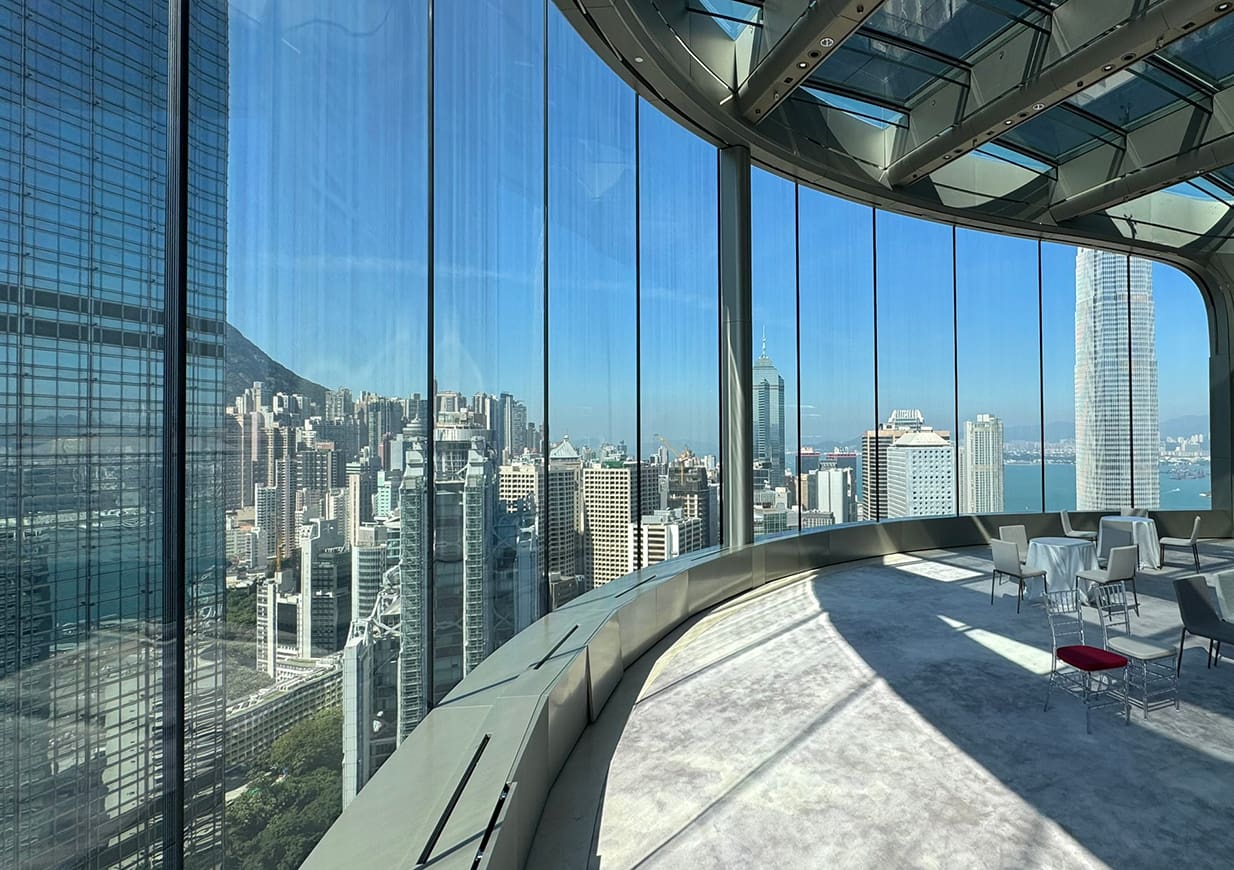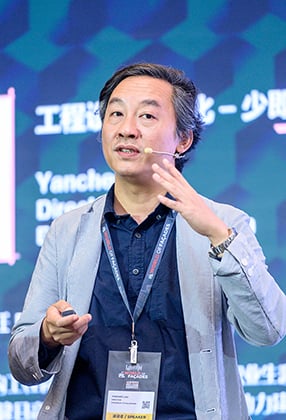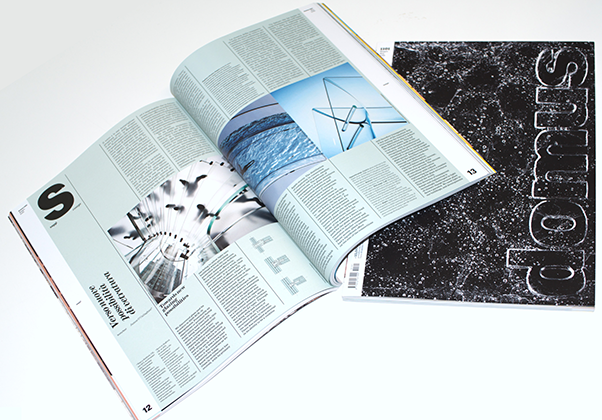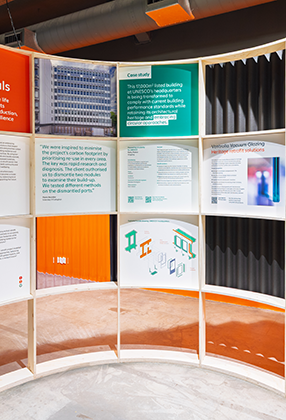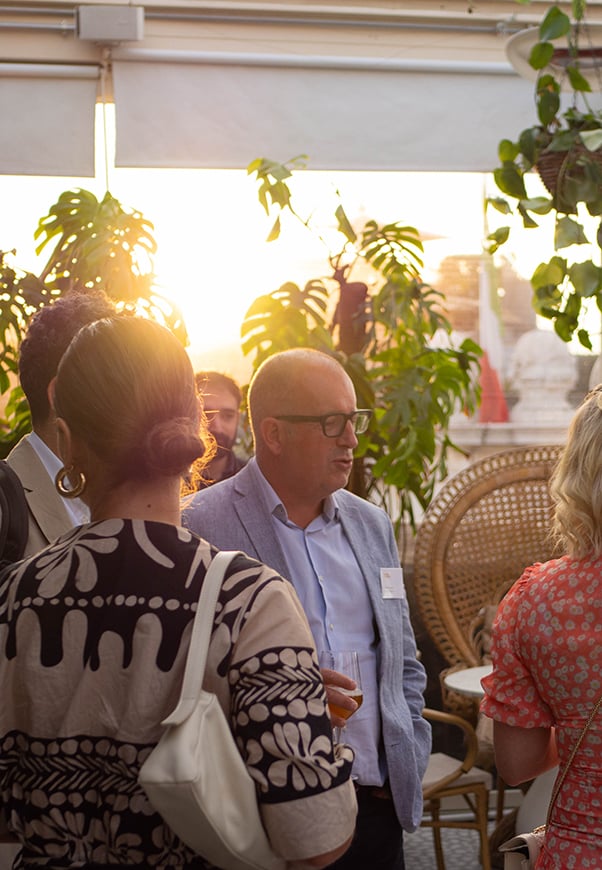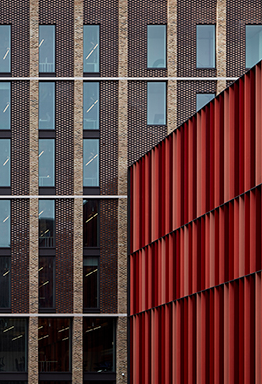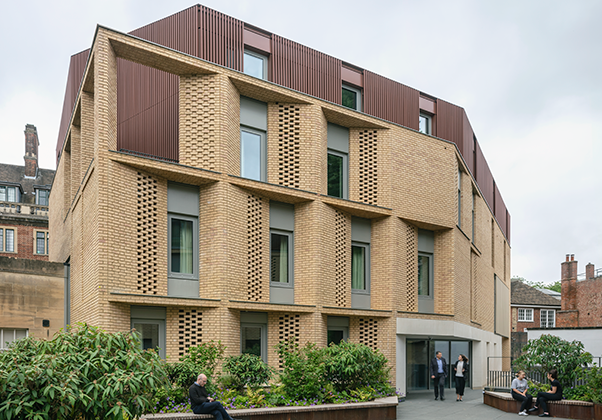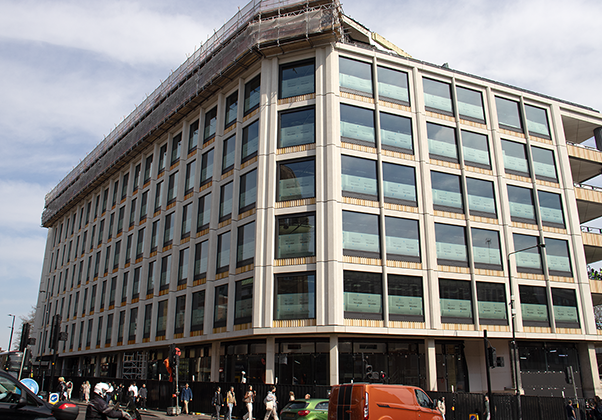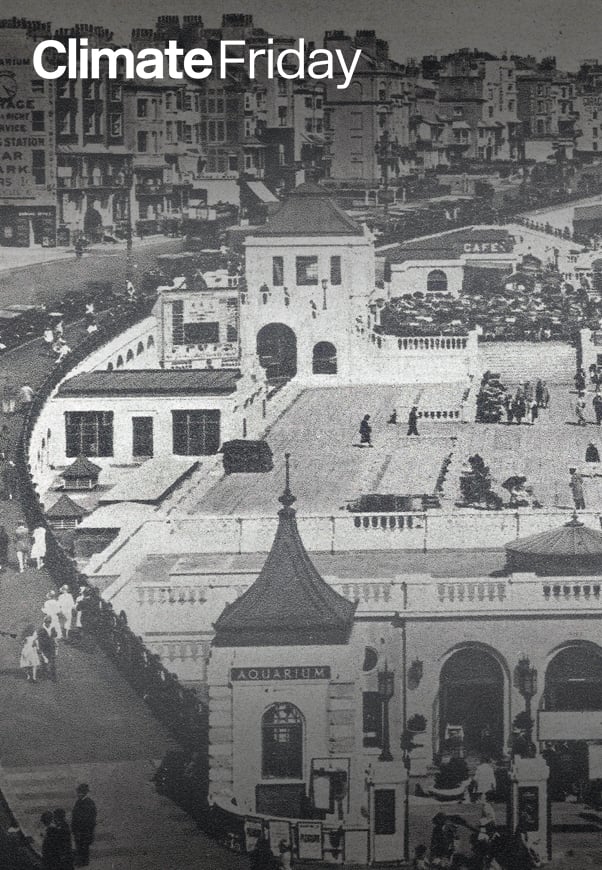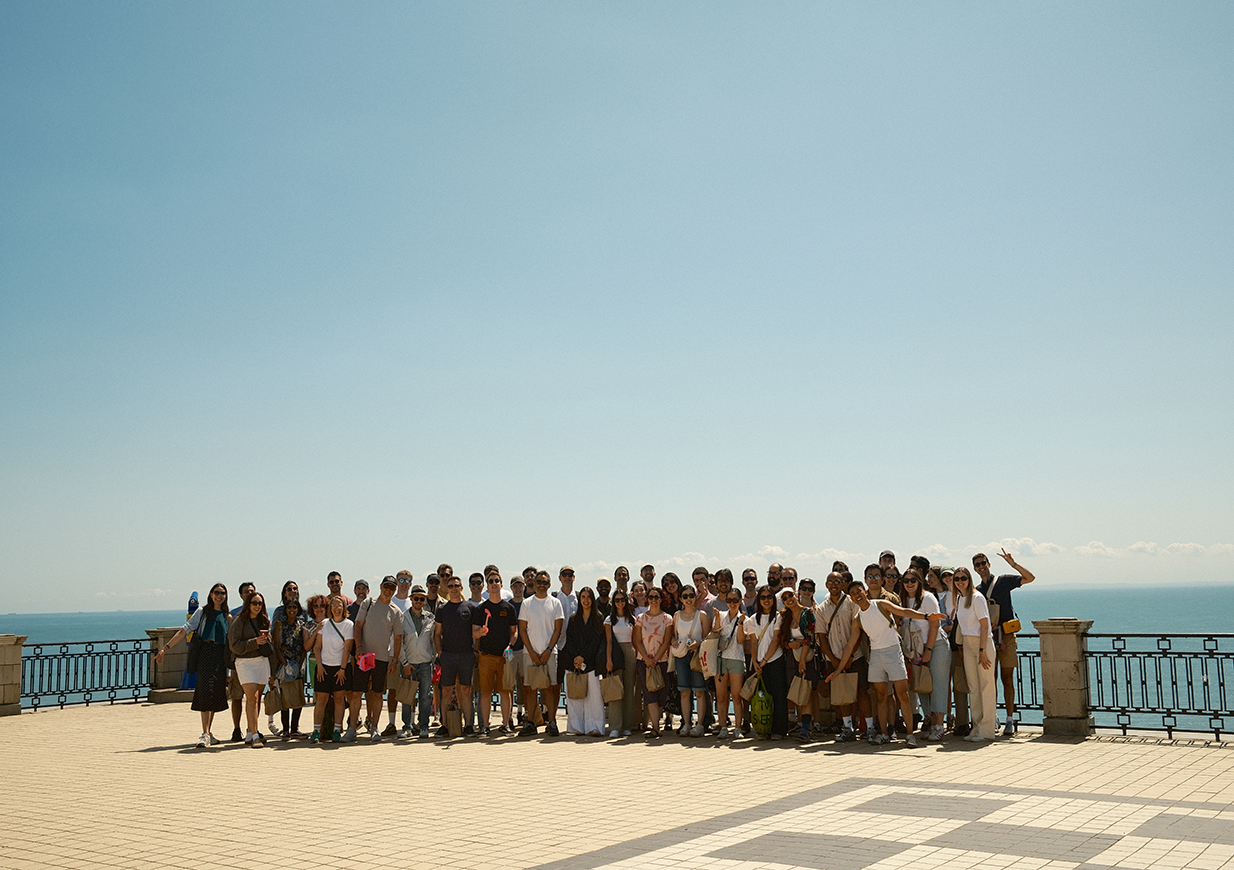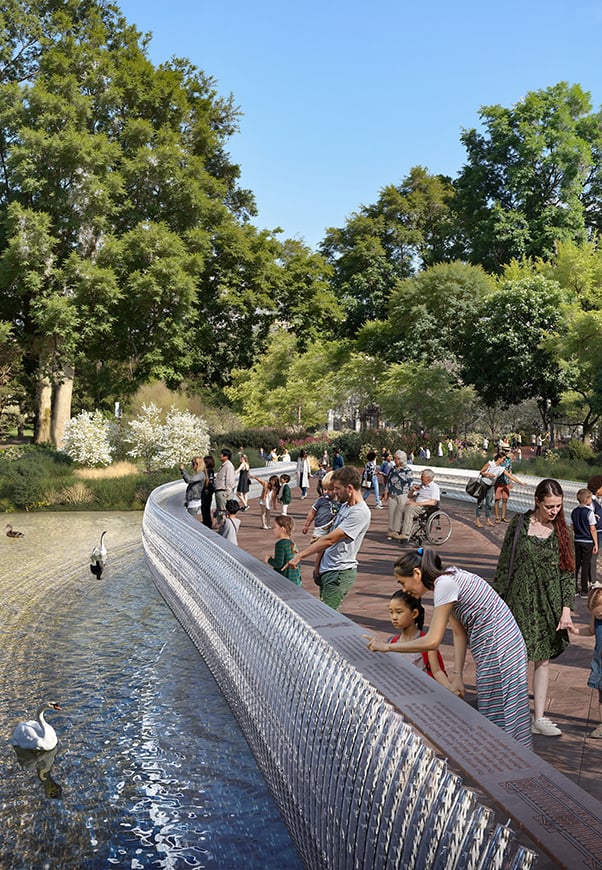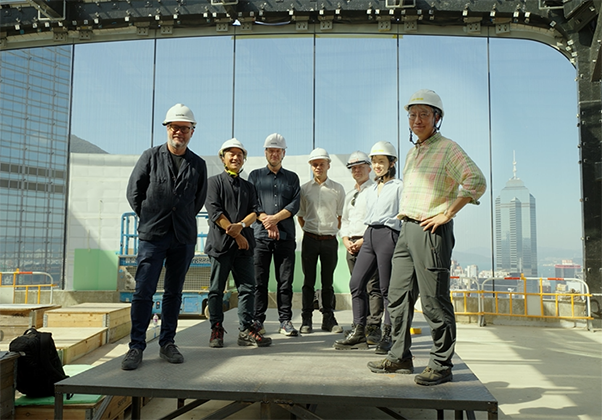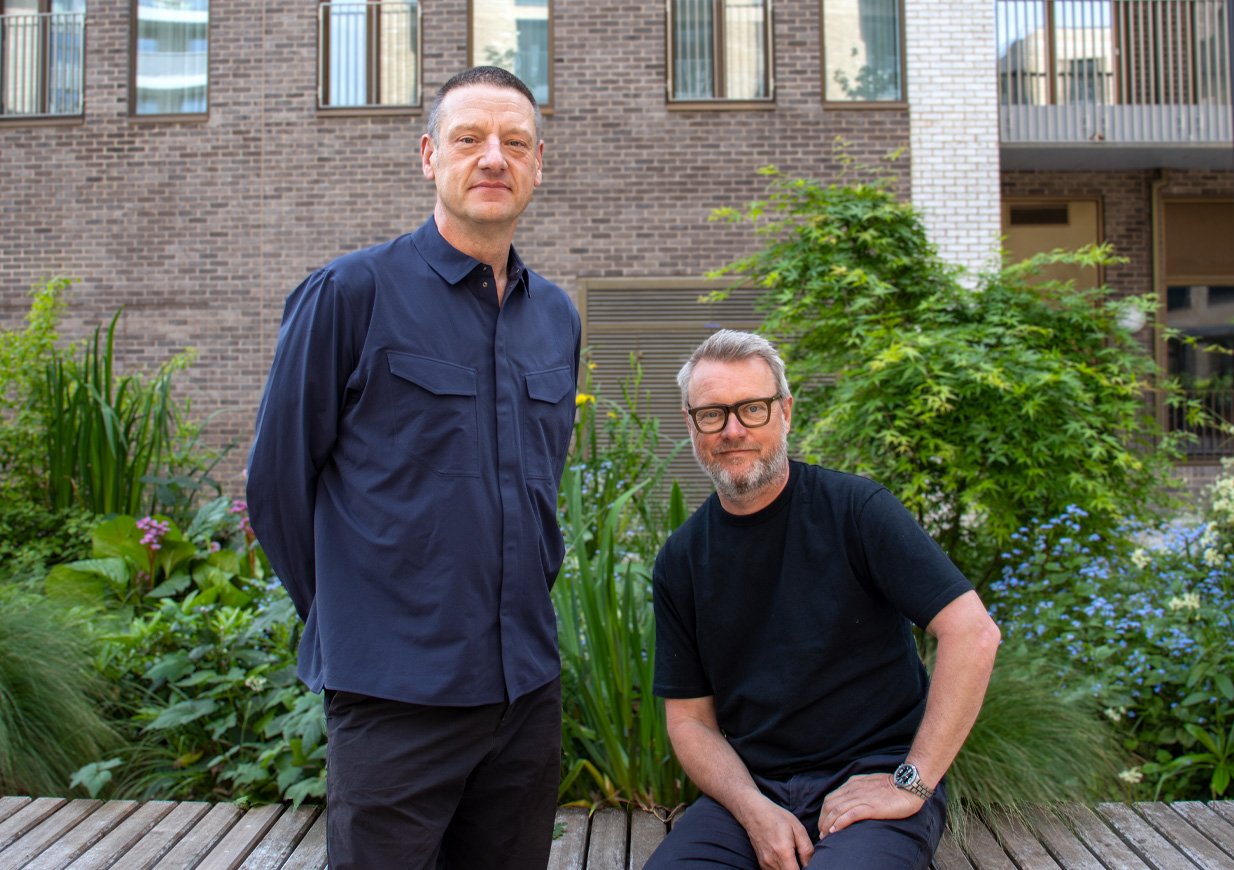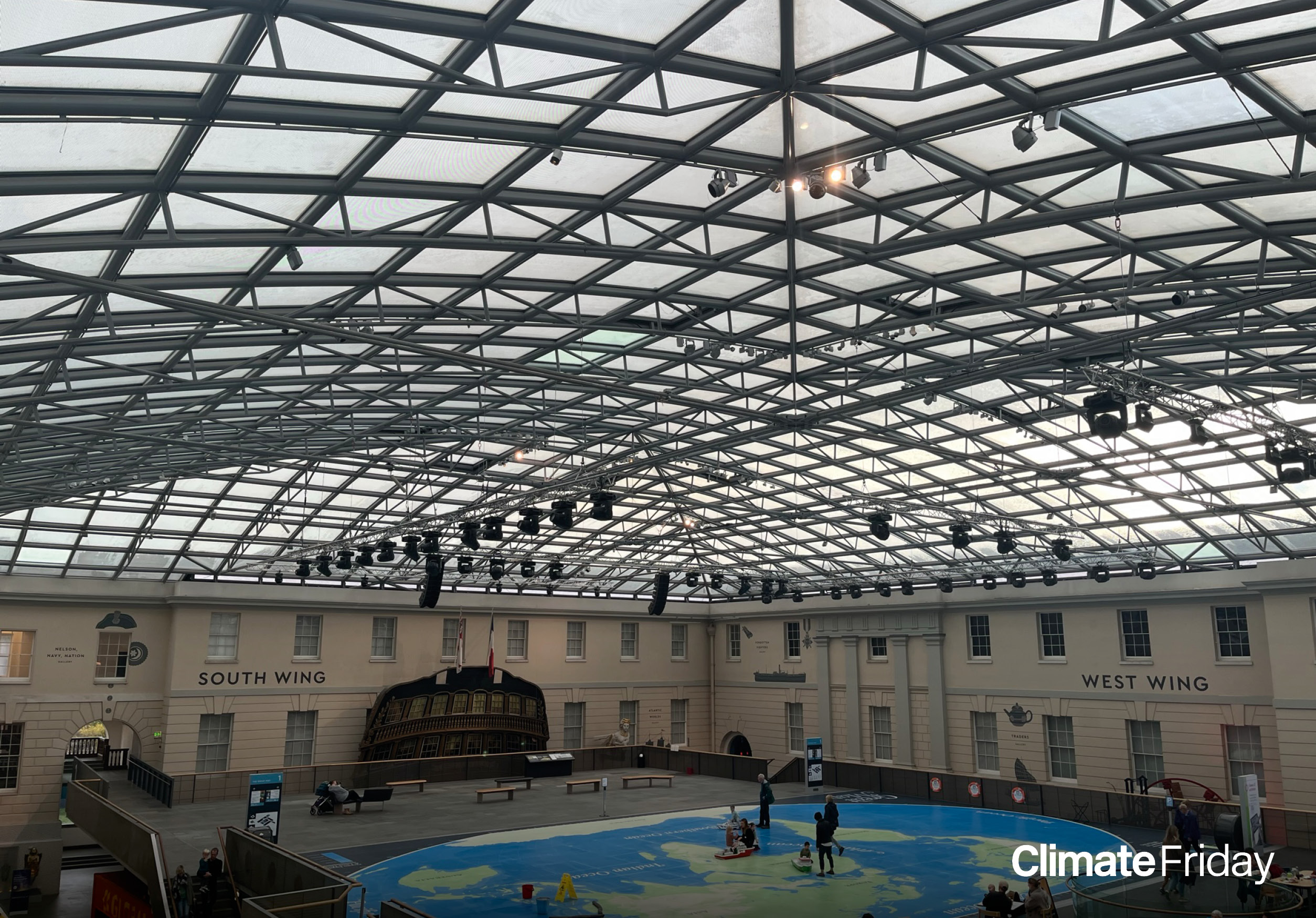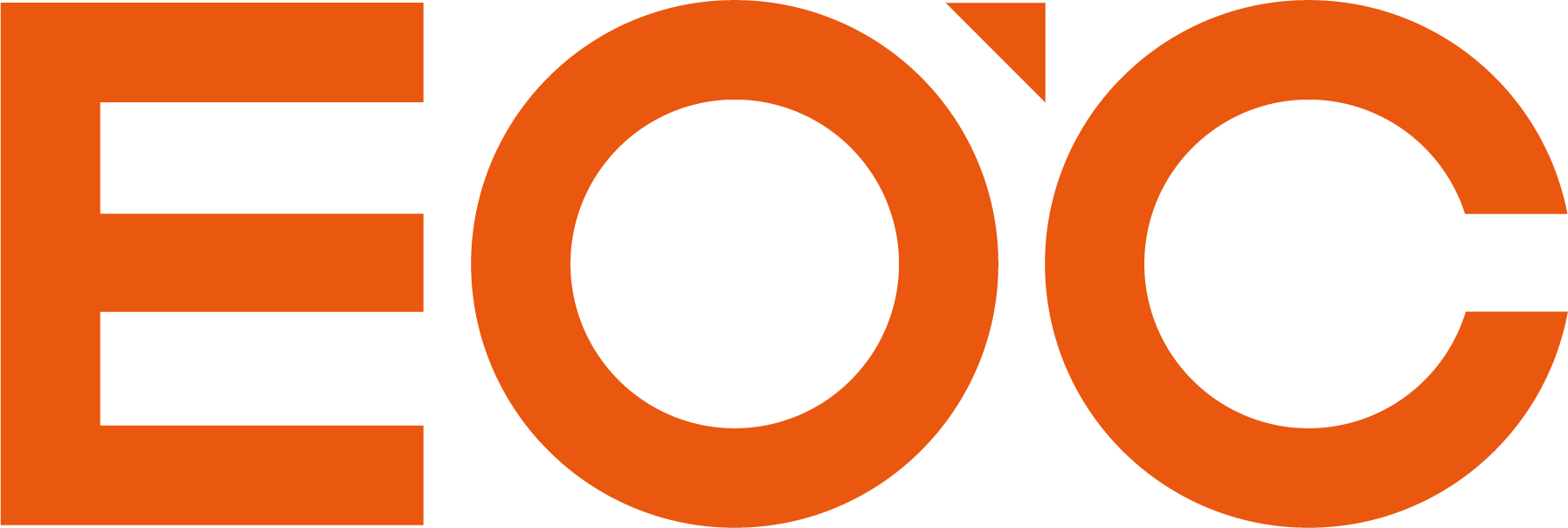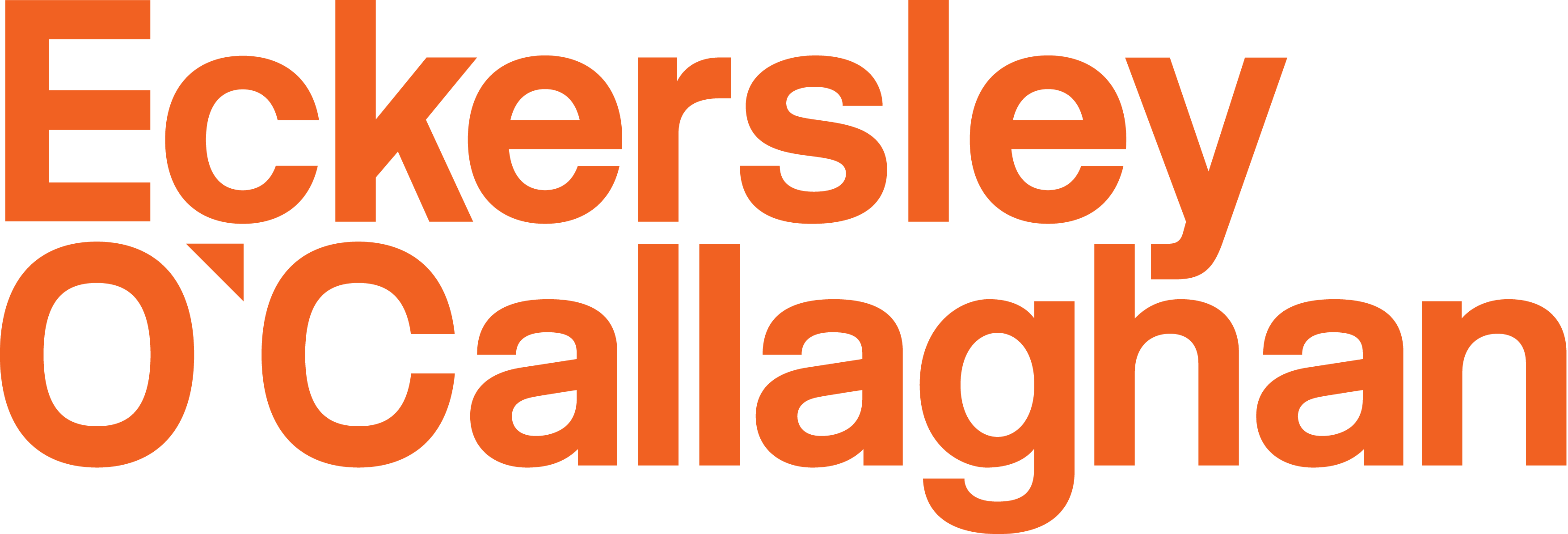Climate Friday | Dynamic Glass – Switching for a more sustainable building
15 July 2021
29th May 2020

Dynamic, smart or switchable glass, which can change from light to dark in as little as a few seconds, has as yet been mostly confined to the rather more bespoke application due to its expense. But in the new era of sustainable design, could this rapidly improving technology provide a green solution to being able to control the energy performance of a space?
In our latest Climate Friday piece, Senior Engineer and Digital Design Specialist Sam Gregson explains its potential.
“The extent and performance of traditional glazing on a building often has a significant impact on the energy demands and therefore operational carbon of that building. The lower thermal transmittance, or U-value, of glass compared with other typical façade elements can lead to undesirable heat loss in cold climates. Conversely solar gain can lead to uncomfortable heating of the space in warmer climes.
Reducing glazing is one option to combat this, but windows also play a huge part in our visual comfort, health and wellbeing. Fewer windows often means resorting to artificial light which is neither sustainable or as desirable as natural light. In addition, glass and light form part of the architect’s palate with which they design beautiful buildings for people to enjoy. As such, we compromise many other elements if we reduce the glazing ratio of buildings.
In the past decades, coatings on the glass have improved significantly to increase its performance. In particular the ratio of visual light transmittance (VLT) to the solar heat-gain performance has improved significantly. Glass with a good performance no longer needs to be a dark, murky brown. But it is often still the case that the VLT has to be compromised to meet the energy demands of the building.
Even with all of these measures, the energy demands of a building are of course not static, they depend on the time of day and year. But with a static glazing solution designed for the worst-case periods we compromise on darker glass than is required for the rest of the time.
This is where dynamic glass, also sometimes referred to as smart glass or switchable glass, becomes an interesting solution. Dynamic glass has the ability to change state, from dark (a lower g-value and VLT) to clear (higher g-value and VLT) as well as intermediate states over a matter of seconds to minutes. More importantly, the state affects the heat gain performance of the glass offering opportunities for energy savings by being responsive to the needs of the building and occupants. On a sunny day, the glass could be switched to dark minimising the heating effect, reducing the need for air conditioning units to be turned on and so forth.
Promoters of the technology say the glass could be used in windows could be used across a wide range of buildings, from airports to apartment buildings and houses to office facades and internal partition walls. It could even be controlled through voice activated smart devices.
Different competing technologies exist each offering different advantages and drawbacks regards to cost, size and/or shape limitations, switching times, and colour availability. The principle three are suspended-particle, electrochromic, and lastly, liquid-crystal [see below for their specific capabilities]. All can be preprogramed, operated according to sensors which respond to the environment, or switched manually by occupants of the building. In addition to the benefits of thermal performance, dynamic glass can be used to reduce glare-discomfort or improve privacy. But none of the technologies allow the full range of 0% to 100% light transmittance.
This can generally be overcome however by tuning the VLT range with which the panels can be switched to the specifics of the project. This is typically somewhere in the range of 30% to 60%, i.e. some panels can be chosen to vary from less than 1% to around 60%.
New developments to reduce the limitations of the size and shape of the glass panels and as the technology to produce the glass develops will hopefully result in a rise in demand with a consequential lowering in the price.
With an increased focus on environmental sustainability and an increased sophistication in our ability to model energy demands, I believe dynamic glass could be a valuable tool in our fight against climate change.”
Types of Dynamic Glass
|
The liquid crystal (LC) technology |
Electrochromic glass |
Suspended-particle devices (SPDs) |
|
This technology offers the advantage that it can be produced in various colours as well as a neutral grey colour. This differs to the other technologies which are very blue in colour, which may or may not align with the architectural intent. The switching time of LC panels is effectively instantaneous.However, it does have its drawbacks. In some circumstances be vulnerable to thermal shock issues due to the use of annealed glass. The risk of thermal shock will need to be evaluated on a project by project basis. In addition, the liquid crystal product is often heavier than the alternative technologies as more layers of glass are required. Currently the technology is only available in flat panels, no curvature is possible at this time. |
This glass is more widely available from a number of different producers. Each producer however will vary in the specification of the panels they produce as well as size and shape limitations. The switching speed and visual quality while switching varies across producers but is more a matter of minutes rather than seconds. All of the electrochromic products have a blue colour when in their darker state. |
These are laminated into the glass build-up. As such the size limitations are related to the size of the interlayer rolls which are approximately 1m in width, splicing of interlayers is possible but can be visually apparent. One of the benefits of SPDs is that they can be curved, allowing either single curvature or double curvature. As with Electrochomic glass SPDs are often blue. |

